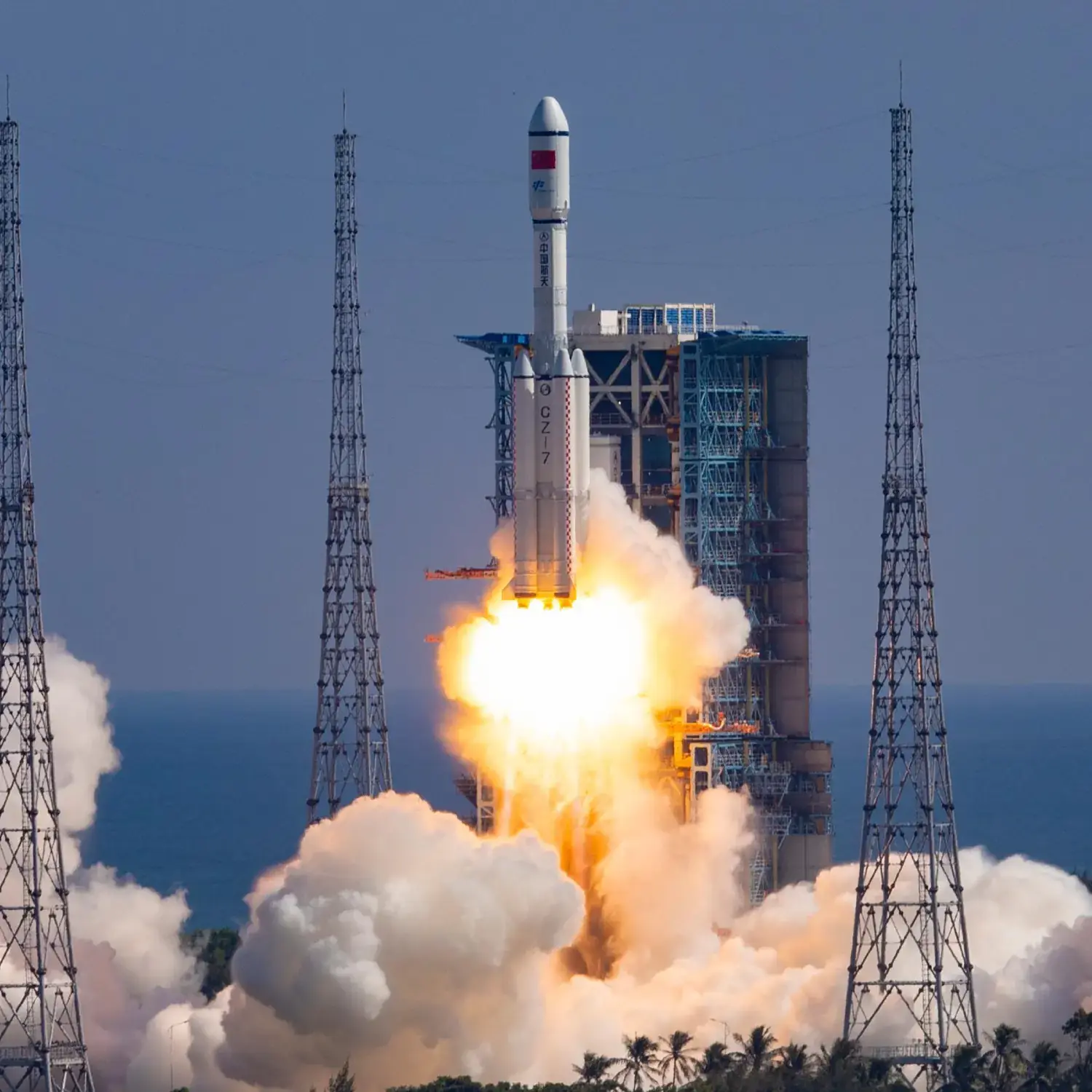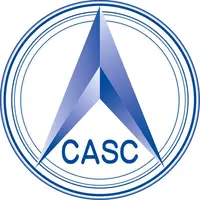/
Tianzhou 1
Launch Success
Liftoff Time (GMT)
11:41:35
Thursday April 20, 2017
Watch Replay
Official Livestream
Mission Details
Read Article
Launch Notes
First launch of Tianzhou.
SilkRoad-1 01
SilkRoad-1 01 or Silu 1 is a Chinese 3U Cubesat for earth observation. The tiny, 4.5 kg remote sensing satellite was developed by the Xi'an Institute of Surveying and Mapping, with involvement from the Chinese Academy of Sciences and a number of its branches. Silk Road-1 is designed to be a pathfinder for a constellation of around 30 satellites operating across a variety of wavelengths.
Low Earth Orbit
1 Payload
5 kilograms
Tianzhou 1
Tianzhou 1 (Chinese: 天舟一号) was the debut mission of the Tianzhou-class unmanned cargo spacecraft. It was developed as part of the manned space program of China. Tianzhou means "heavenly vessel" in Chinese. It successfully docked with the Tiangong-2 space laboratory on 22 April 2017 at 12:16 (UTC+8). This mission demonstrated the Tianzhou spacecraft and its capabilities. It critically demonstrated propellant transfer for the Chinese space station, the last big hurdle for long-duration expeditions. On April 22, 2017, Tianzhou 1 successfully docked with Tiangong 2 marking the first successful docking of a cargo vessel, and refuelling, with the orbiting space laboratory. It subsequently performed a second docking and refueling on June 15, 2017. After it coupled with Tiangong 2 for a period of 60 days, it decoupled and separated from the space laboratory and completed a three-month period of free flight at around 390 kilometres above the Earth, separately carrying out a range of science experiments. On September 12, 2017, Tianzhou 1 performed the third and final docking and refuel with Tiangong 2, with what is termed a fast docking which took 6.5 hours to complete. Previously the rendezvous and docking process took around two days or 30 orbits. Tianzhou 1 was deorbited on 22 September 2017. It plunged into Earth's atmosphere and burned up after a set of braking maneuvers under ground control.
Low Earth Orbit
1 Payload
13,000 kilograms
Rocket


Agency
CASCRocket
Height: 53.1m
Payload to Orbit
LEO: 13,500 kg
GTO: 5,500 kg
Liftoff Thrust
7,128 Kilonewtons
Fairing
Diameter: 4.2m
Height: 12.4m
Stages
2
Strap-ons
4
Launch Site
Stats
Long March 7
2nd
Mission
1st
Mission of 2017
2017
22nd
Orbital launch attempt